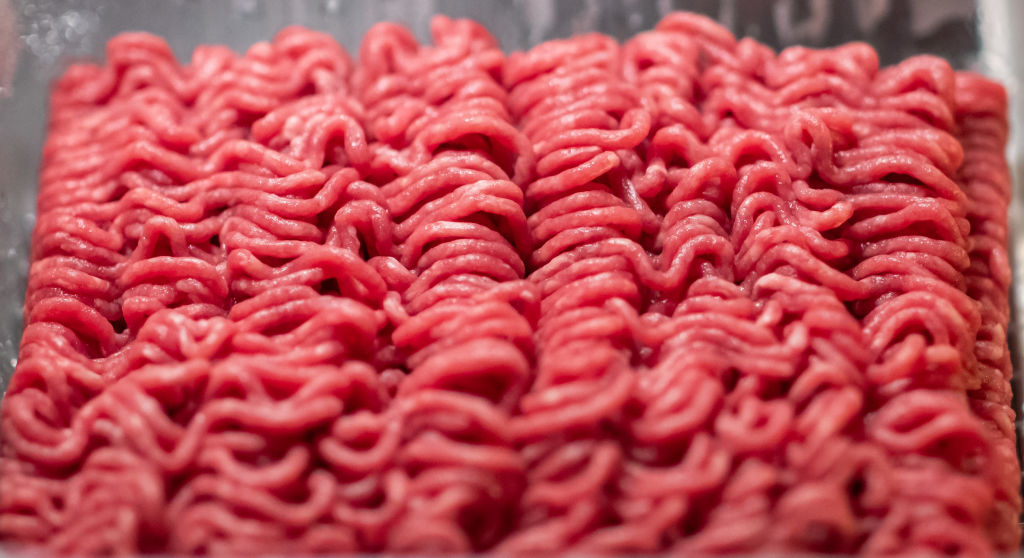How Companies Are Handling Labour Shortages With Responsive Automation


 By Sylvain Rottier, VP & General Manager EMEA, Tennant Company
By Sylvain Rottier, VP & General Manager EMEA, Tennant Company
Europe’s supply chains stand at a critical crossroads. Halfway through 2025, persistent labour shortages and profound demographic shifts are reshaping our industry in ways that demand innovative solutions. The statistics tell a compelling story: according to the European Labour Authority, 84% of occupations across Europe now face significant hiring challenges, with cleaning and facilities management roles experiencing staggering annual turnover rates of 200-400%.
Perhaps more concerning is the long-term outlook. Europe is projected to lose 95 million working-age people by 2050, a demographic cliff edge that will profoundly impact entire sectors. This represents a fundamental challenge to operational continuity that businesses must address today.
In response to these pressures, AI-enabled devices, particularly autonomous mobile robots (AMRs) are emerging as practical solutions that support and optimise human teams. This technology-driven approach is increasingly essential as businesses adapt to maintain productivity and service quality despite workforce constraints.
A Response to Changing Labour Markets
The declining working age population across Europe is a structural shift requiring strategic adaptation. At the moment, 47% of cleaning professionals are over age 50, which makes for an alarming succession issue as these experienced workers approach retirement. In sectors where physical tasks are repetitive and demanding, automation offers an intuitive solution to address gaps in labour availability while maintaining operational standards.
Organisations are discovering that automation can be deployed strategically, targeting specific friction points rather than wholesale replacement of human workers. This targeted approach allows businesses to maintain the irreplaceable human elements of customer service and specialised operations while addressing chronic understaffing in routine tasks.
Robot-Human Teams
Business managers have deployed various technologies to address the labour challenge. Among these, AMRs have proved particularly apposite for tasks such as cleaning, material handling, and inventory movement. These robots handle routine, time-consuming duties that would otherwise strain limited staff resources, freeing human workers to focus on higher-value activities that require their judgment and interpersonal skills.
The impact on existing staff is often overlooked but critically important: automation can significantly improve job satisfaction and retention by reducing monotonous workloads. When employees can focus on meaningful tasks rather than exhausting themselves with repetitive physical work, both morale and productivity improve.
Safety, Hygiene, and Consistency
In high-traffic environments like warehouses, retail spaces, and manufacturing plants, maintaining consistent hygiene and safety standards is increasingly challenging with limited staff. AI-powered robots contribute to resolving this challenge by delivering consistent performance without fatigue or variation.
Modern AMRs navigate safely around people and obstacles through advanced sensor arrays and sophisticated AI systems. Their consistent, data-driven cleaning and maintenance routines help organizations meet regulatory requirements and customer expectations for cleanliness and safety without placing additional burden on human workers.
Insights and Optimisation
Perhaps the most transformative aspect of modern robotics is their ability to collect and analyse operational data in real time. This has the potential to create a virtuous cycle where each deployment generates insights that further optimise operations.
The transparency provided by this data enables organisations to make evidence-based decisions about resource allocation, track performance metrics automatically, and demonstrate compliance with sustainability goals. As an unexpected benefit, this data-rich environment can level up management approaches, making leadership more responsive and analytically informed.
Building Resilient Supply Chains for Tomorrow
As demographic and labour market trends continue their current trajectory, strategically deployed automation will play an increasingly important role in maintaining operational continuity and competitiveness. The organisations that thrive will be those that create effective hybrid workforces where humans and robots complement each other’s capabilities.
Rather than viewing automation solely as a response to labour shortages, forward-thinking organisations recognise these technologies as foundational elements of a more resilient, flexible supply chain. AI-enabled robots are helping to create operations that can adapt quickly to changing conditions while maintaining consistent service levels.
Looking Ahead
The integration of AI-enabled robots into European supply chains began as a pragmatic response to labour challenges, but their impact extends far beyond being merely expedient fixes. They represent a fundamental evolution in how European business managers can approach operational excellence and workforce development.
Organisations that embrace these technologies in the right way, thoughtfully and strategically, will be better positioned to navigate ongoing challenges while seizing new opportunities for growth and innovation. As we face labour shortages in the here and now, and certain demographic realities of the coming decades, this balanced approach to human-machine collaboration may well determine whether supply chains on the whole thrive or struggle to survive.
The post How Companies Are Handling Labour Shortages With Responsive Automation appeared first on European Business & Finance Magazine.









































